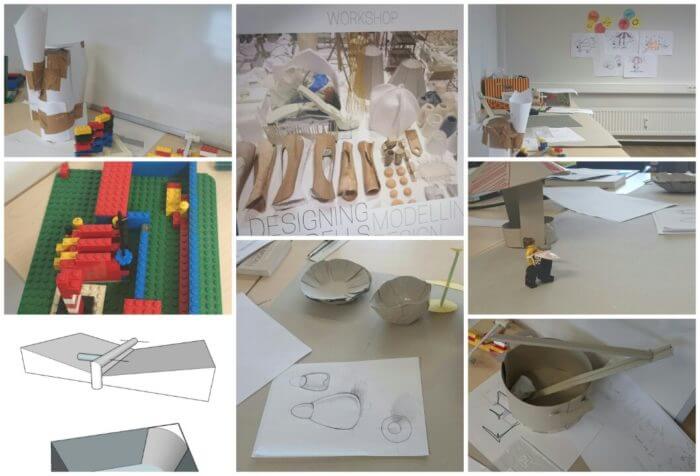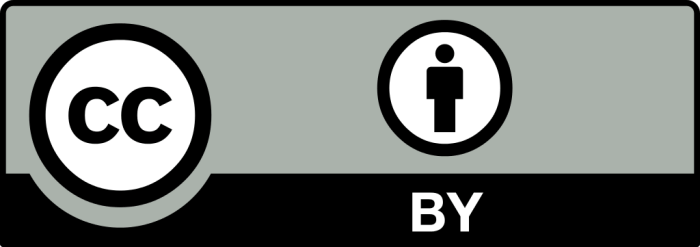Design and Modeling as Processes of Creating Culture
In the framework of the investigation into “Research as Art” by research area ‘Visual and Material Culture,’ Prof. Claudia Mareis (Basel) and Dr. Reinhard Wendler (Florence) hosted a two-day workshop on “Designing Models, Modelling Design” (February 3–4, 2016). In the workshop, the concepts of ‘design’ and ‘model’ served as semantic vehicles for a discussion on the temporal and material character of meaning-making. As ideas, both can foster an interdisciplinary analysis of emerging cultural phenomena, transcending disciplinary boundaries in academia as well as those between different fields of cultural reflection, social planning, and material production (such as architecture or engineering). The workshop revolved around the central notion that the creation of objects and images during modeling and design processes can fulfill a multitude of different functions: as means of representation, ideation, planning, or communicating ideas, they shape historically specific emergences of cultural phenomena.
In the beginning of the workshop, the potential plurality of what can be seen as a model manifested itself as a big pile of printed images scattered on the meeting table. While trying to find ways to give some order to the prints, the participants discussed the similarities and differences of the depicted models and their presentation. Many were historical photos of people, mostly white men, holding or presenting objects, which ranged from architecture models to figures of molecular structures. They sparked a discussion on connections in the Western representation of gender, science, professionalism, and ingenuity as encountered in the sample images. Other questions inspired by the images concerned the temporal dimension of meaning making: What do the depicted models and depictions of models reveal about the preceding processes of modeling and designing? Do they suggest plans for the future, or even ‘ideal’ or ‘utopian’ notions? Both lecturers encouraged the analytical potential of a broad definition of models, as this allows for an examination of differences and similarities of specific empirical examples, rather than setting a strict definition of what a model is (and is not).
In his subsequent presentation, Reinhard Wendler discussed the difficulty of defining the beginning or the end point of modeling, as the material basis for the process would always point to the past (and future). He stressed the physical dimension of models that restricts and enables creation. This might not always be visible in the resulting model, nor explicated in the communication of the modelers. Further, the choice of material in different empirical fields can be guided by meanings ascribed to specific media, or the attribution of hierarchy among them: while a sketch might be used to imply creative originality, the presentation of a 3D computational model might suggest technological mastery.
In her presentation on design as epistemic culture, Claudia Mareis promoted the application of different research methodologies as threads into ‘messy’ fields of research such as design. In contrast to approaches that aim to define design (processes) per se, either through specific forms of knowledge or practice, Prof. Mareis stressed the historical dimension and formation of different forms of designing. A historical approach can also trace the travelling of knowledge between science and design, which can reveal political aspects implicit to disciplinary efforts at distinction. As discourse, ‘design’ has been at least two-fold in the post-war era, referring to a universal idea of designing both as planning process and as a specific professional craft.
Instructed by the lecturers, the participants of the workshop also engaged in designing activities themselves. After a number of experiments, the participants presented their models to the group and reflected on their experiences. They became aware of the different ways the material served simultaneously as means to come up with, communicate, and realize ideas. Highlighting another social dimension of employing models, the attendants observed that most presentations tried to ‘sell’ their idea: they framed the inventions or corresponding processes as a success, or referred to models as if they were another object, namely the intended product. These techniques of linking representation and represented — or merging present and future — point to the imaginative ways in which (a future) reality can be constructed in the context of modeling. Finally, the simultaneous yet independent modeling of various reading aids in the academic workshop served as a reminder for the influence of prior knowledge and physical environment for designing.
The temporal dimension of modeling and designing is at least two-fold: While these practices can be seen as “the highly specialized part of our technological equipment whose specific function it is to create the future” [1] as (intended) plan or instruction, they always come with a past, in which the design processes were constrained and enabled through both specific physical and social situations and specific knowledge of actors. In the concluding discussion of the workshop, the complexity of both core concepts was (re-)acknowledged, stressing their heuristic potentiality for different research questions. While modeling can be one form of designing, and designing one part of modeling, the concepts also transcend each other empirically and analytically. They can facilitate the emerging of new types of knowledge related to problem solving, rationality, or representation in a great number of fields of knowledge production.

_Further reading
Mareis, Claudia. “Design and Science: Methods Crises and the Paradox of Rationality.” In Eigenlogik des Designs, edited by Marc Rölli and Gerhard Buurman. Zürich: niggli, 2015.
Rittel, Horst. “On the Planning Crisis: Systems Analysis of the ‘First and Second Generations’.” Bedriftsøkonomen 8 (1972): 390–396.
Roozenburg, Norbert F.M., and Kees Dorst. “Describing Design as a Reflective Practice: Observations on Schön’s Theory of Practice.” In Designers: The Key to Successful Product Development, edited by Eckart Frankenberger, Petra Badke-Schaub, and Herbert Birkhofer, 29–41. London: Springer, 1998.
Wendler, Reinhard. “Thinking with models: On the genesis of James Watson’s Molecular Biology of the Gene.” In The technical image: A history of styles in scientific imagery, edited by Horst Bredekamp, Vera Dünkel, and Birgit Schneider, 74–80. Chicago/New York: The University of Chicago Press, 2015.
_How to cite
Ronja Trischler. “Design and Modeling as Processes of Creating Culture.” On_Culture: The Open Journal for the Study of Culture 1 (2016). <http://geb.uni-giessen.de/geb/volltexte/2016/12089/>.

_Endnotes
- [1] Marx William Wartofsky, “Telos and Technique: Models as Modes of Action,” in Models: Representation and the Scientific Understanding, Marx William Wartofsky (Dordrecht: Springer Science + Business Media, 1979), 140–153.


